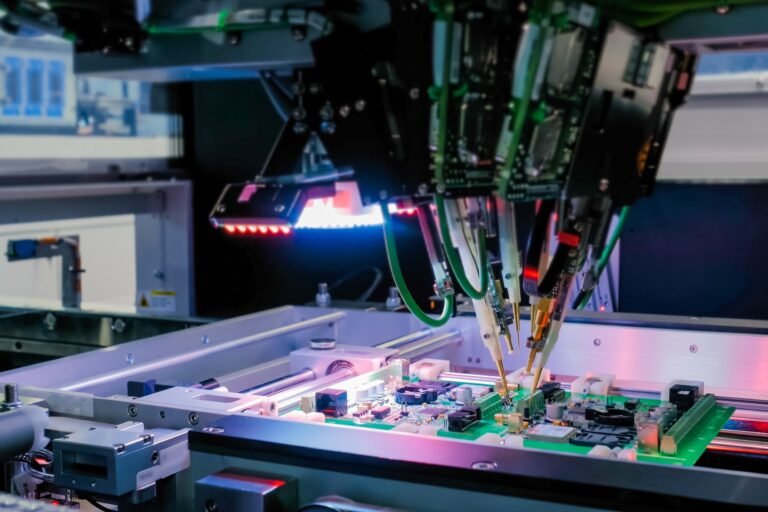Architects, Engineers & Material Scientists: 3D Innovation
Collaboration between architects, engineers, and material scientists is essential for driving innovation in the development of new materials for 3D printing in construction. This interdisciplinary collaboration harnesses the expertise of each discipline to overcome challenges, explore novel solutions, and advance the capabilities of 3D printing technology.
In this discussion, we will explore how architects and engineers collaborate with material scientists to innovate new materials for 3D printing in construction, with a focus on the process, challenges, and opportunities involved.
Identifying Material Requirements and Specifications
The collaboration begins with architects and engineers articulating the specific material requirements and specifications for 3D printing in construction projects. This includes considerations such as structural performance, durability, aesthetics, sustainability, and compatibility with 3D printing processes.
Architects provide insights into the design intent, desired aesthetics, and functional requirements of the printed structures, while engineers contribute their expertise in structural analysis, material behavior, and performance criteria. Together, they establish clear guidelines and criteria to guide material scientists in the development process.
Material Research and Development
Material scientists play a central role in researching, developing, and testing new materials tailored for 3D printing in construction. Drawing on their knowledge of material properties, chemistry, physics, and manufacturing processes, material scientists explore a wide range of materials, including polymers, composites, metals, ceramics, and bio-based materials.
They conduct experiments, simulations, and characterization studies to understand the behavior of materials under various printing conditions, optimize material formulations, and enhance performance attributes such as strength, flexibility, adhesion, and weather resistance.
Collaborative Design and Prototyping
Collaborative design and prototyping enable architects, engineers, and material scientists to iteratively test and refine new materials for 3D printing in construction. Through a process of co-creation and experimentation, stakeholders collaborate closely to develop prototypes, mockups, and scaled models that showcase the capabilities and potential applications of the new materials.
This iterative design process allows for feedback, adjustments, and optimization based on performance evaluations, user feedback, and design iterations, ensuring that the final materials meet the requirements and expectations of all stakeholders.
Performance Testing and Validation
Once prototypes are developed, performance testing and validation are conducted to assess the suitability and reliability of the new materials for 3D printing in construction. Engineers utilize advanced testing methods, such as mechanical testing, thermal analysis, and environmental testing, to evaluate material properties under simulated real-world conditions.
This includes testing for load-bearing capacity, durability, fire resistance, moisture resistance, and compatibility with other construction materials. The results of performance testing inform further refinements and optimizations to ensure that the materials meet or exceed industry standards and regulatory requirements.
Scaling Up Production and Implementation
After successful validation, architects, engineers, and material scientists collaborate on scaling up production and implementing the new materials in construction projects. This involves establishing partnerships with manufacturers, suppliers, and contractors to ensure reliable supply chains and quality control processes.
Architects integrate the new materials into their designs, incorporating innovative features and applications that leverage the unique properties of the materials. Engineers provide technical support and guidance during the construction phase, ensuring proper installation, quality assurance, and compliance with building codes and regulations.
Challenges and Considerations
Collaborating to innovate new materials for 3D printing in construction presents several challenges and considerations:
Interdisciplinary communication: Effective communication and collaboration between architects, engineers, and material scientists are essential to align goals, expectations, and technical requirements throughout the development process.
Technical complexity: Developing new materials for 3D printing requires expertise in multiple disciplines, including material science, chemistry, engineering, and manufacturing, necessitating a multidisciplinary approach and collaboration.
Regulatory compliance: Ensuring that new materials meet regulatory requirements and industry standards poses challenges related to safety, performance, and environmental impact, requiring careful evaluation and documentation.
Cost and scalability: Balancing cost considerations with performance requirements and scalability goals is crucial to the successful adoption and commercialization of new materials for 3D printing in construction.
Future Directions and Opportunities
Despite the challenges, collaboration between architects, engineers, and material scientists offers exciting opportunities for innovation and advancement in 3D printing technology:
Advanced materials: Continued research and development efforts hold promise for the development of advanced materials with enhanced properties such as self-healing, shape memory, and programmable behavior, opening up new possibilities for architectural expression and functionality.
Sustainable materials: Innovations in sustainable materials, such as recycled polymers, bio-based composites, and eco-friendly additives, contribute to reducing the environmental footprint of construction projects and promoting circular economy principles.
Digital fabrication techniques: Integration of digital fabrication techniques, such as robotic 3D printing, multi-material printing, and voxel-based printing, enable greater design freedom, complexity, and customization, pushing the boundaries of architectural innovation.
Conclusion
Collaboration between architects, engineers, and material scientists is essential for driving innovation in the development of new materials for 3D printing in construction. By leveraging their collective expertise and resources, stakeholders can overcome challenges, explore novel solutions, and advance the capabilities of 3D printing technology.
Through interdisciplinary collaboration, researchers and practitioners can unlock new opportunities for sustainable, efficient, and aesthetically compelling construction solutions that push the boundaries of architectural design and engineering excellence.







